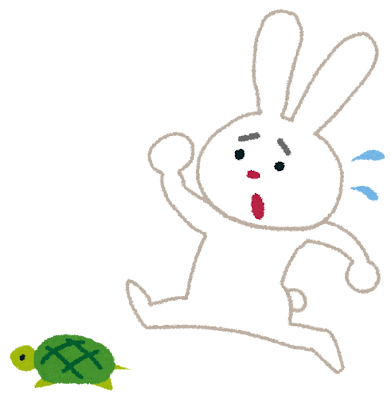Japanese Level 2, Activity #2: “Te-Form: Storytelling” / “テフォーム: ストーリーテリング” (Online)

In this activity, students will use a word bank on the whiteboard to describe people, places, and things in the presentation slides. Students will first be asked to provide adjectives for color, positive adjectives, and negative adjectives. Students will then flip two coins to determine the sentence they will construct.
Adjectives, Descriptions, Japanese, Negation, Objects, Verb Tense, て-Form, 形容詞, 説明, 日本語, 否定, オブジェクト, 動詞時制、て活用形
Products: て-Form conjugations, Complex sentences
Practices: Creating Complex sentences using て-Form, Telling a story in sequential order
Perspectives: How to talk about events in a sequence
NCSSFL-ACTFL World-Readiness Standards:
- Standard 1.1: Students engage in conversation, provide and obtain information, express feelings and emotions, and exchange opinions.
- Standard 1.3: Students present information, concepts, and ideas to an audience of listeners or readers on a variety of topics.
Idaho Content Standards for World Languages:
- COMM 1.1 – Interact and negotiate meaning (spoken, signed, written conversation) to share information, reactions, feelings, and opinions.
- COMM 2.1 – Understand, interpret, and analyze what is heard, read, or viewed on a variety of topics.
NCSSFL-ACTFL Can-Do Statements:
- I am comfortable identifying and using different types of verbs and their alternate forms.
- I can create increasingly complex sentences by connecting two or more simple phrases.
- I can contribute to and understand the events of a story.
Materials Needed
Warm-Up:
Review Can-Do Statements
Review: what kind of verb is it?
For this section, we’ll make individual slides with pictures and each verb listed below. For each slide, the facilitator will ask the students to identify whether the presented verb is an u-verb, ru-verb, or an irregular verb, and then ask the student to conjugate the verb in te-form. Each slide show should have the answer as a slide animation.
このセクションでは、写真と以下にリストされている各動詞を使用して個別のスライドを作成します。スライドごとに、ファシリテーターは、提示された動詞がu動詞、ru動詞、または不規則動詞のいずれであるかを識別するように生徒に求め、次に動詞をte形式で活用するように生徒に求めます。各スライドショーには、スライドアニメーションとしての答えが必要です。
- あるく to walk あるいて
- およぐ to swim およいで
- あう to meet あって
- たつ to stand たって
- おこる to get angry おこって
- のむ to drink のんで
- しぬ to die しんで
- とぶ to fly とんで
- くる to come きて
- する to do して
Te-Form Speed Review and Song, watch it, and play it on full screen if possible.
Overview of Te-Form “Rules”.
Same as slide 15 but with a picture.
Main Activity:
- りんごをたべる+大学に行く=りんごをたべて、大学に行く
- シャワーをあびる+ねむる=シャワーをあびて、ねむる
- としょかんにいく+本をかりる=図書館に行って本を借りる
- 七時におきる+あさごはんをたべる=七時におきて、朝ご飯を食べる
- 教科書を買う+クラスに行く=教科書を買って、クラスに行く
- 自分の話!この文法を使って、二つ以上の動詞句をつけて文を作ってください
Feel free to take this time to ensure the students are feeling confident in their usage of te form.
From this point on the rest of the activity will ask the students to make their own sentences involving at least two phrases linked by te form. (学生たちはテ形を使って色々なトピックについて二つ以上の動詞句をつけて文を作ってもらいます)Topics can include:
- What do you do on Wednesdays (水曜日に何をする)
- What do you do before bed? (ねむる前に何をする)
- What do you do every day? (毎日何をする)
Wrap Up:
The students will make a never-ending story using Te form! Do this or answer questions until the end of lab!
生徒たちはて活用形を使って終わりのない物語を作ります!ラボが終了するまでこれを行うか、質問に答えてください。
End of activity:
- Read Can-Do statements once more and have students evaluate
their confidence.
(Use thumbs up/thumbs down or download our student cards.) - Encourage students to be honest in their self-evaluation.
- Pay attention, and try to use feedback for future activities!
NCSSFL-ACTFL Can-Do Statements:
- I am comfortable identifying and using different types of verbs and their alternate forms.
- I can create increasingly complex sentences by connecting two or more simple phrases.
- I can contribute to and understand the events of a story.

